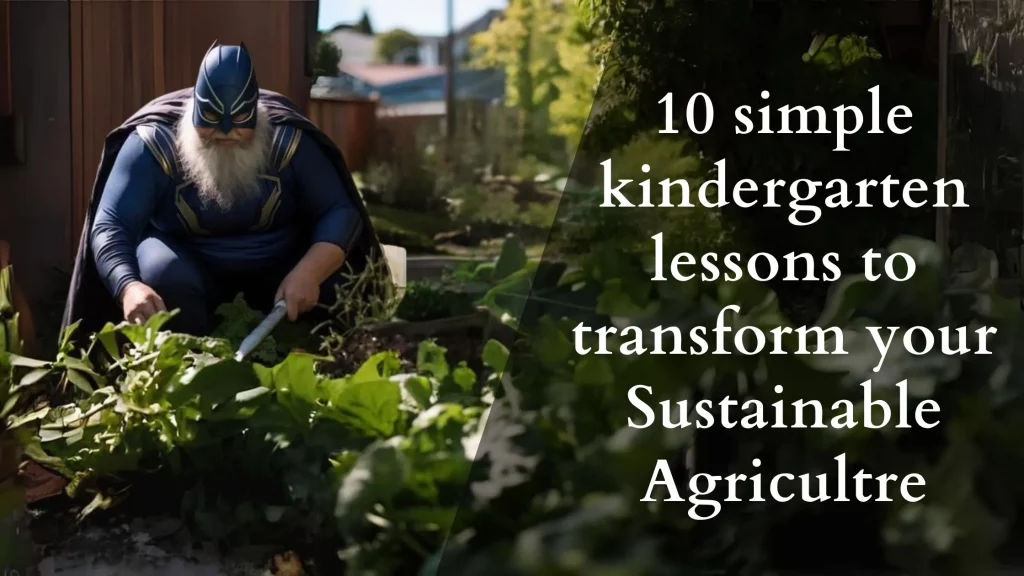Biofuels and the Future are at the center of the global shift toward cleaner energy sources. Biofuel has emerged as a promising alternative to fossil fuels. But what is biofuel, and why is it gaining so much attention? Simply put, biofuel is a renewable energy source derived from organic materials like plants, algae, and agricultural waste. Unlike fossil fuels, which take millions of years to form, biofuel energy is produced through biological processes, making it a more sustainable and eco-friendly solution.
How Are Biofuels Made? The Science Behind Biofuel Production
The biofuel production process is a fascinating blend of science and innovation. It typically involves converting organic matter into liquid fuels through fermentation, chemical reactions, or thermal processes. For instance, biomass biofuel, derived from plant and animal waste, undergoes treatment to extract usable energy. Advances in technology have improved efficiency, making biofuel generation more sustainable and scalable.
Types of Biofuels: A Diverse Energy Source
Biofuels are categorized based on their source and production methods:
First-Generation Biofuels
These are made from food crops like corn, sugarcane, and vegetable oils. While they were the first step in biofuel generation, concerns about food security and land use have led to newer alternatives.
Second-Generation Biofuels
Derived from non-food sources such as agricultural residues, forestry waste, and municipal solid waste, these biofuels offer a more sustainable approach to biofuel production without impacting food supply.
Third-Generation Biofuels
Algae-based biofuels are part of this category. Algae biofuels are highly efficient and require less land and water, making them a breakthrough in biomass biofuel technology.
Fourth-Generation Biofuels
These biofuels are produced using synthetic biology and genetically engineered microorganisms, paving the way for even more advanced biofuel energy solutions.
The Benefits of Biofuels: A Sustainable Choice
The advantages of biofuel extend beyond just reducing carbon emissions. Some of the key benefits of biofuels include:
✅ Lower greenhouse gas emissions, helping combat climate change
✅ Increased energy security by reducing dependence on fossil fuels
✅ Sustainable use of natural resources and waste materials
✅ Economic growth, especially in rural areas, by creating new jobs
Biofuels Advantages and Disadvantages: Weighing the Pros and Cons
Like any energy source, biofuels advantages and disadvantages must be considered.
Advantages of Biofuel:
- Renewable and abundant supply
- Can be integrated with existing fuel infrastructure
- Supports agricultural and rural economies
Disadvantages of Biofuel:
- Some forms require large amounts of water and land
- Can compete with food production
- Energy-intensive production processes
Despite these challenges, advancements in biofuel generation and policy support are addressing these concerns.
Biofuel in India: Leading the Green Energy Shift
India is rapidly expanding its biofuel production sector. With strong government initiatives promoting biomass biofuel and ethanol blending, the country aims to cut down on fossil fuel imports and build a more self-sufficient energy ecosystem. Investments in biofuel energy are also driving innovation, making India a key player in the global renewable energy market.
The Importance of Biofuels: A Greener Tomorrow
The importance of biofuels cannot be overstated. As the world moves toward a more sustainable future, biofuel energy will play a crucial role in reducing dependence on fossil fuels, lowering carbon footprints, and promoting environmental responsibility.
The Road Ahead: Future of Biofuels
As research continues, the future of biofuel generation looks promising. Scientists are exploring new feedstocks, improving conversion technologies, and integrating AI-driven efficiency models to enhance biofuel production. Governments worldwide are introducing policies that support biofuel adoption, ensuring a cleaner, greener energy transition.
Biofuels are no longer just an alternative—they are a necessity for a sustainable and energy-secure future. With ongoing advancements, increased investment, and stronger global commitment, the dream of a world powered by clean biofuel energy is becoming a reality.




The future of biofuels looks bright with these emerging trends – exciting times ahead.
Tackling biofuel challenges with innovative solutions is inspiring to see.
Policy and investment are essential for biofuel advancements – glad to see this focus.
Synthetic biology is pushing the boundaries of biofuel production – amazing progress.
Advanced biofuel feedstocks will change the way we produce energy.
Waste-to-biofuels is a fantastic approach – efficient and sustainable.
Algae biofuels are so promising – nature’s solution to energy needs.
The evolution of biofuels shows the power of innovation – we’re making great strides.
Solving biofuel challenges is key to a sustainable future – inspiring work.
Policy and investment in biofuels are crucial for continued progress.
Synthetic biology and engineered microorganisms are paving the way for new biofuels.
Advanced biofuel feedstocks are the future of sustainable energy.
Waste-to-biofuels is an incredible innovation – turning waste into energy.
Algae biofuels are a game-changer – harnessing the power of nature.
The future of biofuels is full of promise – can’t wait to see what’s next.
Overcoming biofuel challenges shows our commitment to a greener future.
Policy and investment are driving the biofuels industry forward – great to see.
Synthetic biology is at the heart of biofuel innovation – exciting times ahead.
Advanced biofuel feedstocks are setting new standards for renewable energy.
Waste-to-biofuels is a brilliant way to tackle waste and energy issues simultaneously.
Algae biofuels might just be the key to a sustainable energy future.
The evolution of biofuels is a testament to human innovation – so impressive.
Tackling biofuel challenges head-on is leading to amazing solutions.
Policy and investment play a crucial role in biofuel development – essential reading.
Synthetic biology and engineered microorganisms are revolutionizing biofuels.
Advanced biofuel feedstocks are unlocking new possibilities for clean energy.
Waste-to-biofuels is such a smart approach – efficient and eco-friendly.
Algae biofuels could be the next big thing in renewable energy.
The future of biofuels is looking greener and brighter – love these advancements.
Solving biofuel challenges requires innovation and determination – we’re getting there!
Policy and investment in biofuels are vital for our sustainable future.
Synthetic biology is making huge strides in biofuel production – incredible progress.
Advanced biofuel feedstocks will transform the energy landscape.
Waste-to-biofuels is genius – turning trash into treasure.
Algae biofuels have so much potential – nature’s energy source!
The evolution of biofuels highlights human ingenuity – we’re on the right path.
The challenges of biofuels are being met with creative solutions – inspiring!
Policy and investment are key to advancing biofuels – glad to see this focus.
Synthetic biology and engineered microorganisms are at the forefront of biofuel innovation.
Advanced biofuel feedstocks are the next big thing – exciting developments ahead.
Waste-to-biofuels is an amazing way to reduce landfill waste and produce energy.
Algae biofuels could revolutionize energy production – so innovative!
The future of biofuels looks bright with these emerging trends – can’t wait to see more.
Overcoming challenges in biofuels shows our commitment to sustainability.
Policy and investment will drive the biofuels industry forward – great insights here.
The role of synthetic biology in biofuels is so cutting-edge – incredible possibilities.
Advanced biofuel feedstocks are paving the way for a cleaner future.
Waste-to-biofuels is the ultimate recycling – love this sustainable approach.
Algae biofuels are such a cool concept – turning nature into energy!
The innovations in biofuels for 2024 are truly inspiring – the future looks green!
Tackling the challenges of biofuels is tough, but the solutions are promising.
Policy and investment in biofuels are crucial – glad to see this being highlighted.
Synthetic biology and engineered microorganisms are pushing the boundaries – so exciting!
Advanced biofuel feedstocks are a game-changer – can’t wait to see what 2024 brings.
Turning waste into biofuels? That’s brilliant – a win-win for the environment!
Algae biofuels sound like the future – so much potential in these tiny organisms.
The evolution of biofuels is fascinating – it’s amazing to see how far we’ve come!